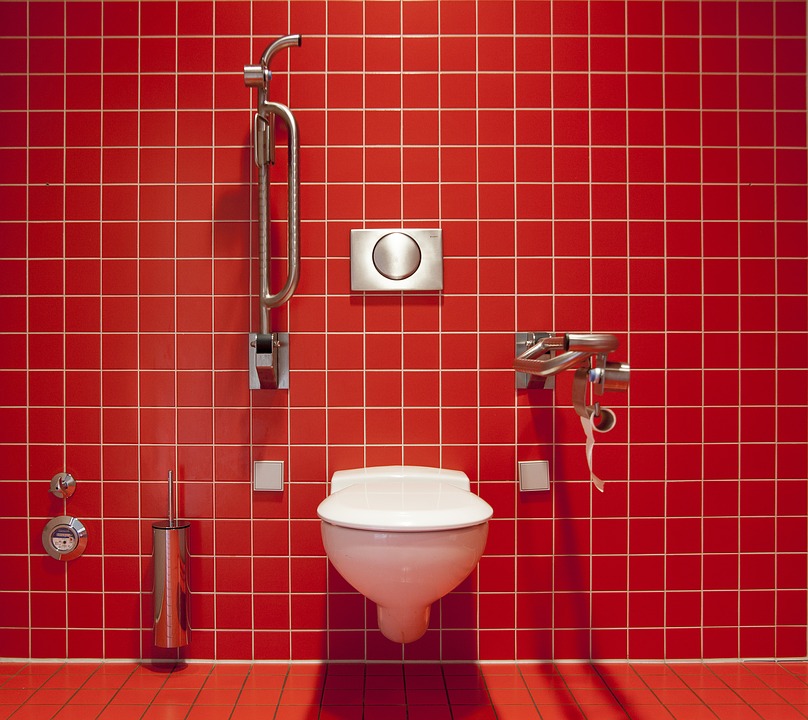Attention to the ball valve may be needed occasionally to keep a storage cistern in proper working order, and the siphon mechanism in a WC cistern may also need looking at from time to time.
The ball valve is usually a piston connected to an arm which is attached at its other end to a ball floating on the water surface. As the water level falls, the ball drops with it, pulling down the lever arm which opens the piston to let more water in. The ball is thus gradually lifted to its original height, which is when the arm closes the piston. There is a washer on the piston to ensure a waterproof seal at the pipe inlet.
If for any reason the valve fails to close completely, excess water in the cistern is carried harmlessly outside through the overflow pipe.
To cure a leaking valve, first try adjusting the lever arm. If you bend it downwards slightly, the ball will ride lower and thus shut off the valve sooner. If this doesn’t work, it could be because the ball itself is leaking. To find out, place a stick across the top of the cistern and tie the lever arm to it to hold the valve firmly closed.
Then unscrew the ball.
If water pours out fit a new ball one of the plastic, non-corroding ones for preference. If the cistern continues to overflow, the valve itself is suspect and you will have to drain the supply before it can be dismantled. The trouble is likely to be either a perished washer or grit preventing the piston from closing fully. Clean the components thoroughly and fit a new washer if needed.
Erratic flushing in WC cisterns is usually due to one of two faults. In the old type fitted with a cast-iron bell, the pivots for the bell get worn and impair the siphonic action. If the pivot arms of the siphon bell are badly worn you may not be able to get a replacement and thus need a new cistern. In the modern type with a siphon box, there is a perforated plunger and washer instead of a bell and the washer may need renewing. You could also find the water level is too low.
Raise the water level by bending the lever arm upwards a fraction, but check that the new level is still an inch or so below the overflow outlet. To renew the plunger washer, tie up the arm immediately after flushing and mop up any remaining water. Then unscrew the nut on the underside of the cistern and disconnect the link with the lever handle.
You can now remove the siphon box to get at the plunger and washer.
